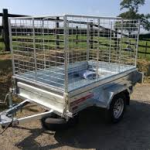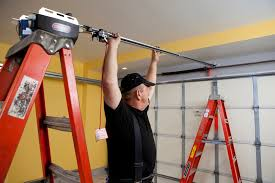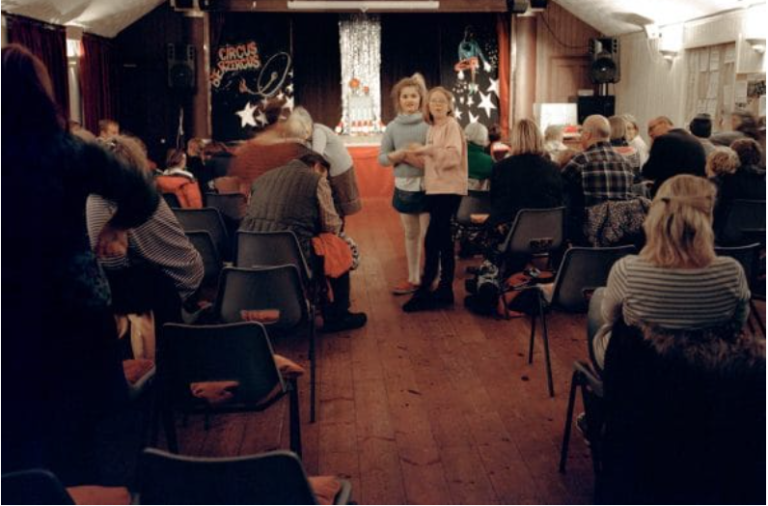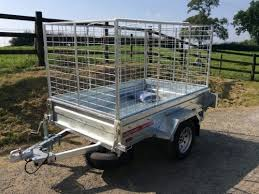Cleanrooms require the minimization of airborne particles from people, equipment and processes. They also require temperature and humidity control, among other factors. Cleanrooms are necessary for the manufacture of lenses, nanotechnology, lasers and other containment-sensitive products. If you are looking for cleanroom certification CA, cleanrooms are certified through the National Environmental Balancing Bureau.
Design
Your cleanroom design will vary based on the products that will be manufactured in the room. For example, a company that manufactures food will have different requirements than a company that manufactures electronic semiconductors or medical devices. In addition, whether you will manufacture or work with hazardous materials will affect your design.
Your room may be modular or traditional, depending on the product type and length of time the cleanroom will be necessary. Check your building regulations to determine whether a permit is required for a traditional cleanroom. Modular rooms do not need to adhere to building regulations.
Cleanliness
Cleanrooms must be cleaned before and after they are used. People, raw materials and machinery contaminate no matter how clean they are. Therefore, you may provide changing areas for your employees who work in your cleanroom. Develop a cleaning protocol.
Employee Training
Your cleanroom employees, upper management and maintenance and housekeeping staff should all be trained on your cleanroom procedures. However, before you allow new employees into your cleanroom, they should receive best practices training. Because a single bit of lint or fingerprint may damage the manufactured products, your employees may pass through multiple rooms that remove particles and contaminants from their clothing, hair and bodies.
Employees should learn your company’s policies, processes and workflow. In addition, they should receive and become familiar with the employee handbook. They should receive a full tour of the facility. Then, they should begin their cleanroom training, including all the machinery as well as the emergency, ventilation and communications systems. This training may include videos, hands-on training and manuals and should cover dress code, manufacturing process, expectations and cleanroom entry and exit process.
If you are manufacturing particle-sensitive products that require certification, consider consulting a cleanroom cleaning service.




















+ There are no comments
Add yours